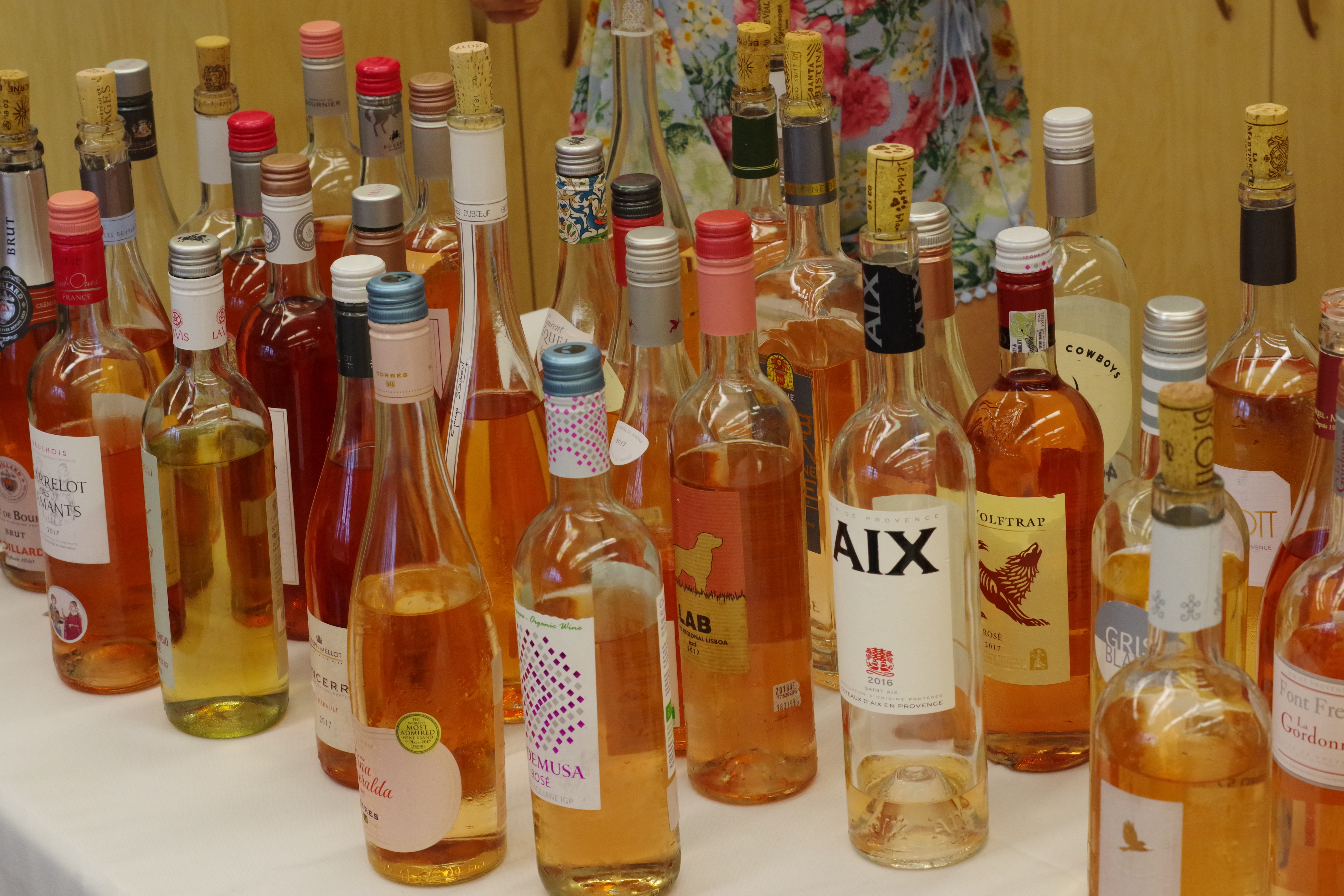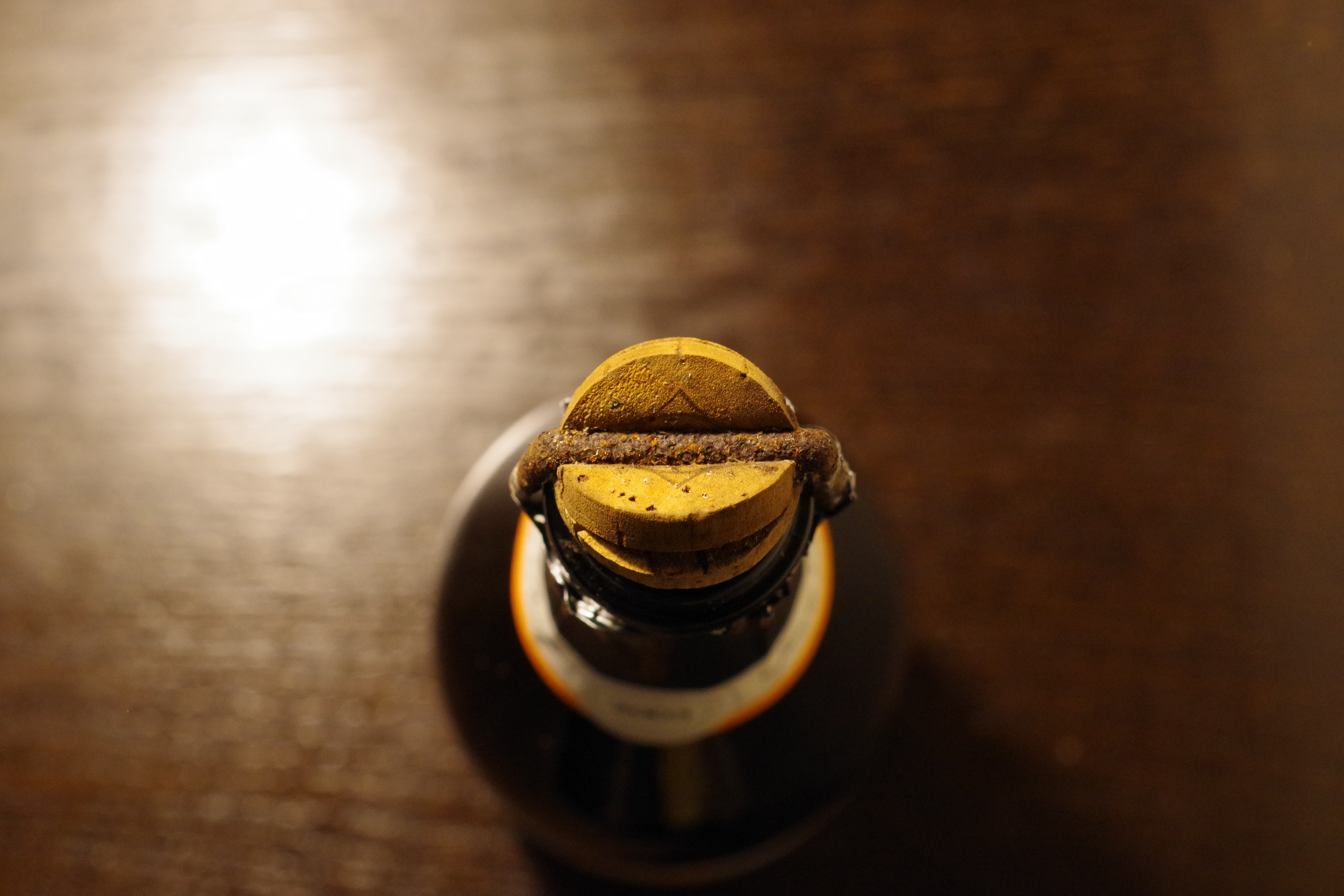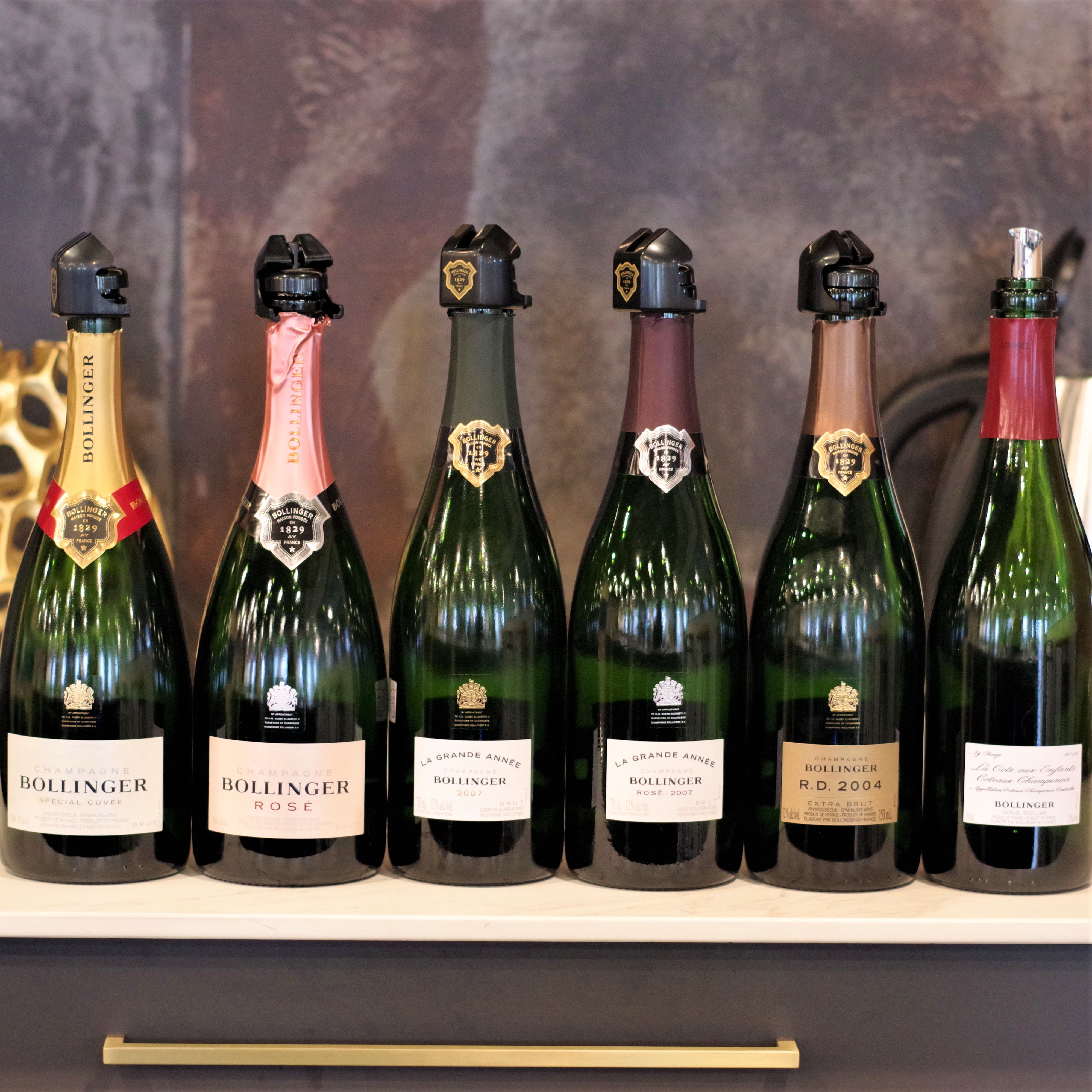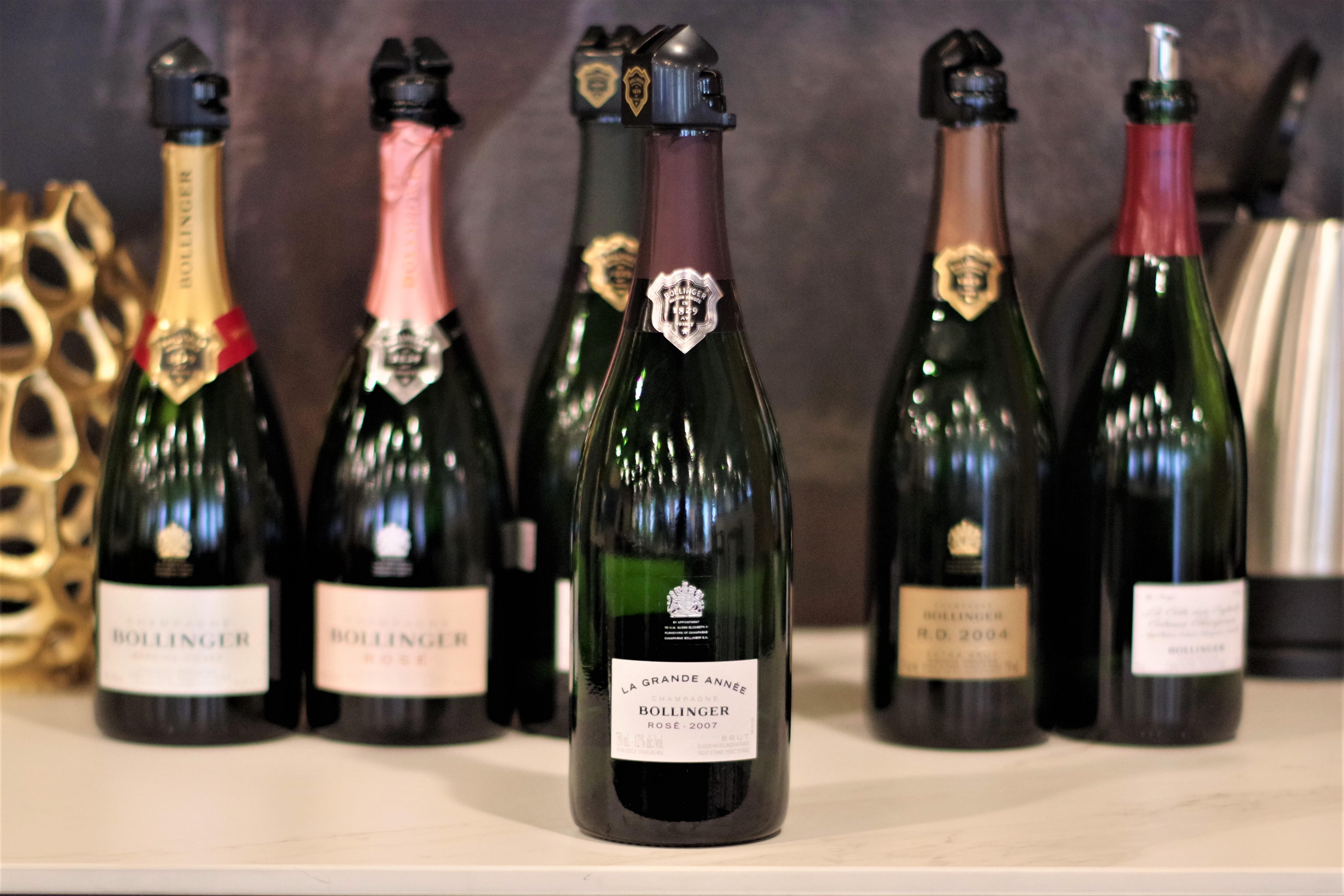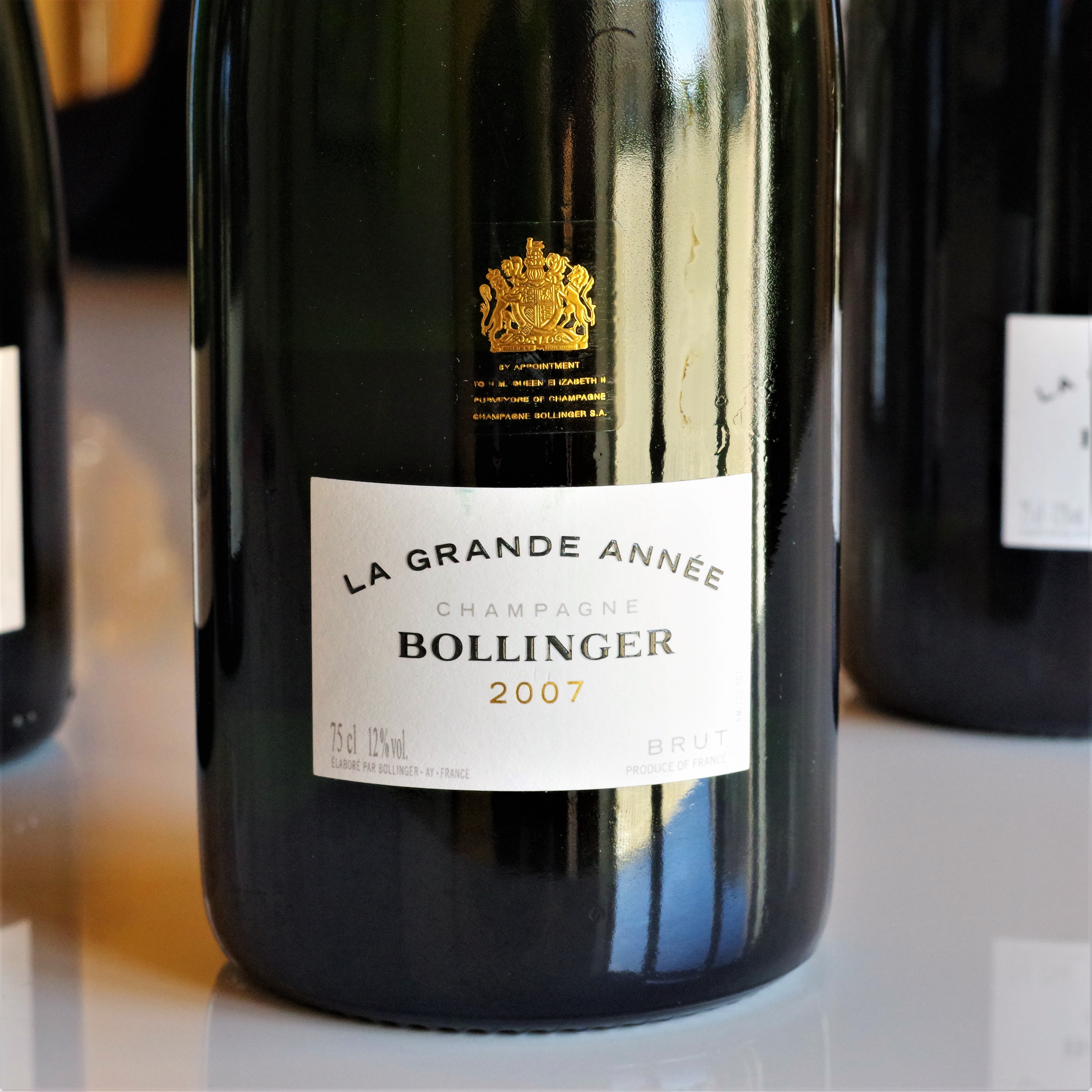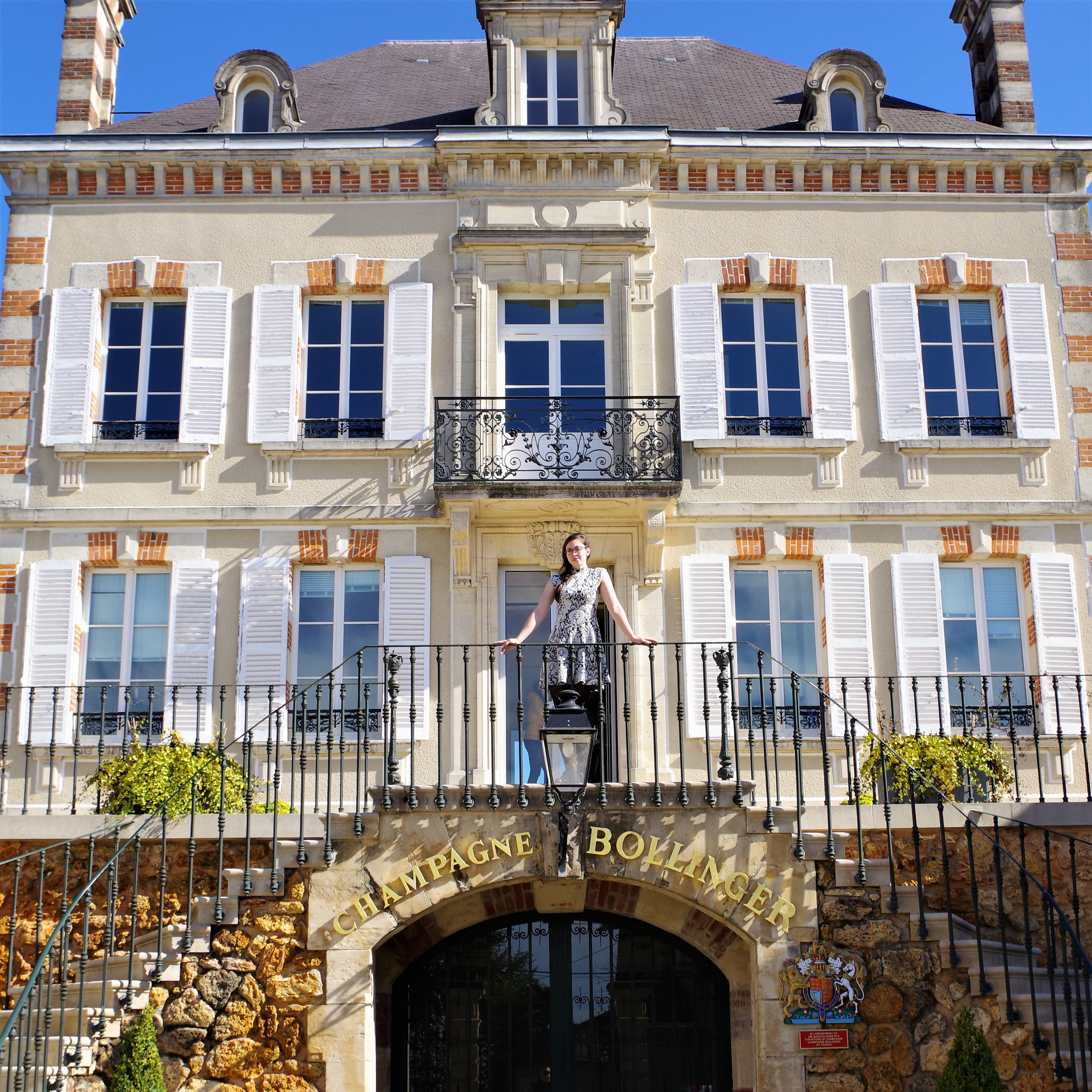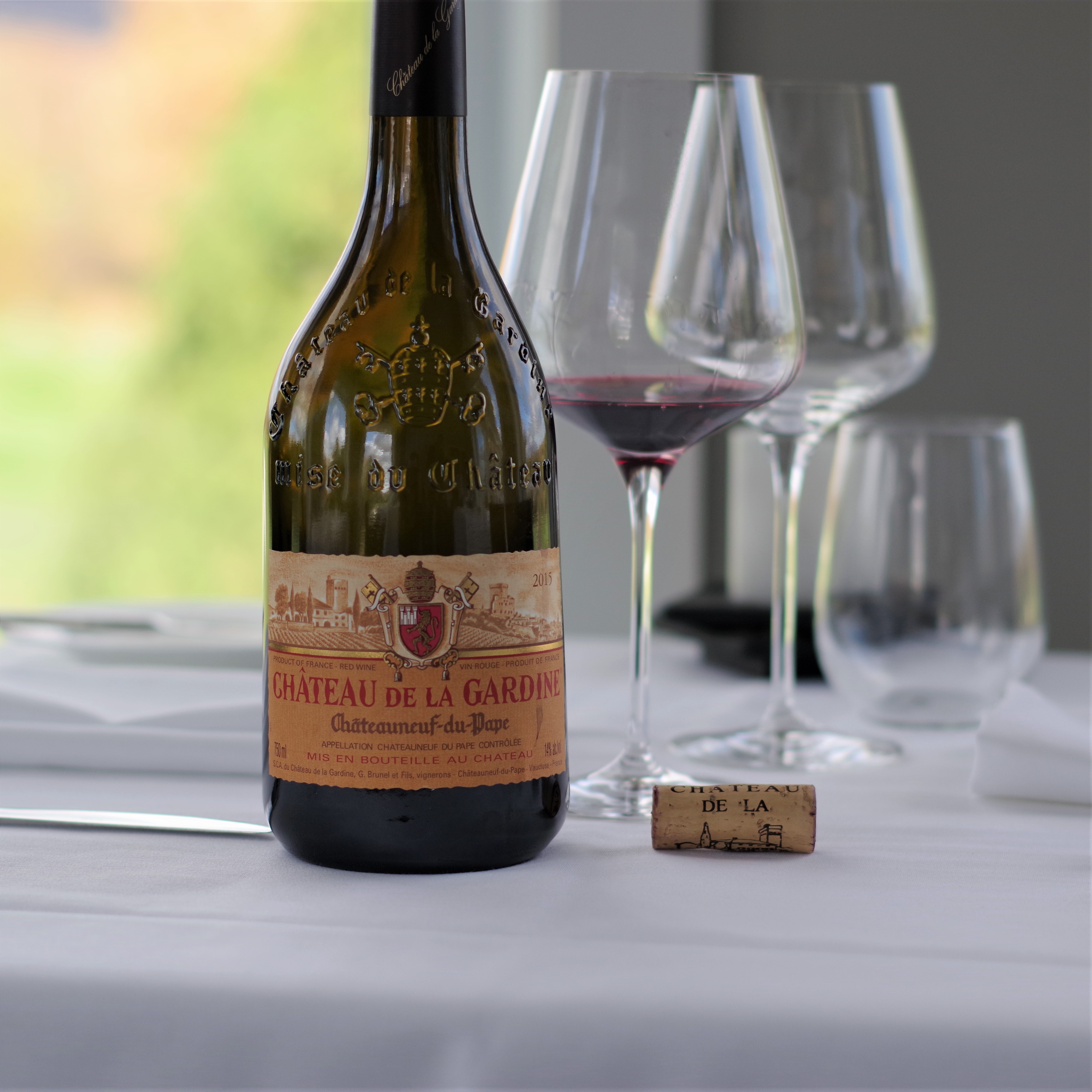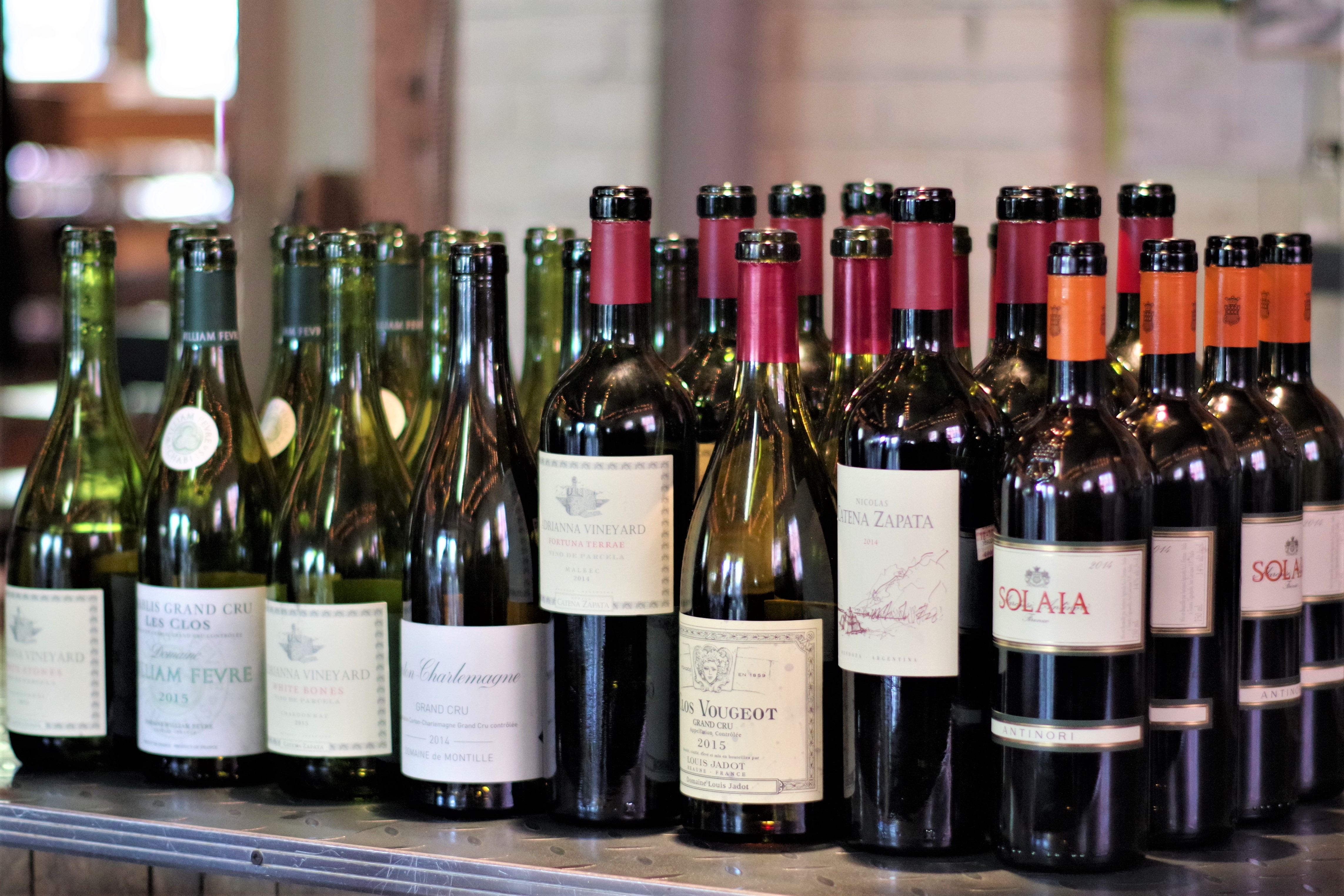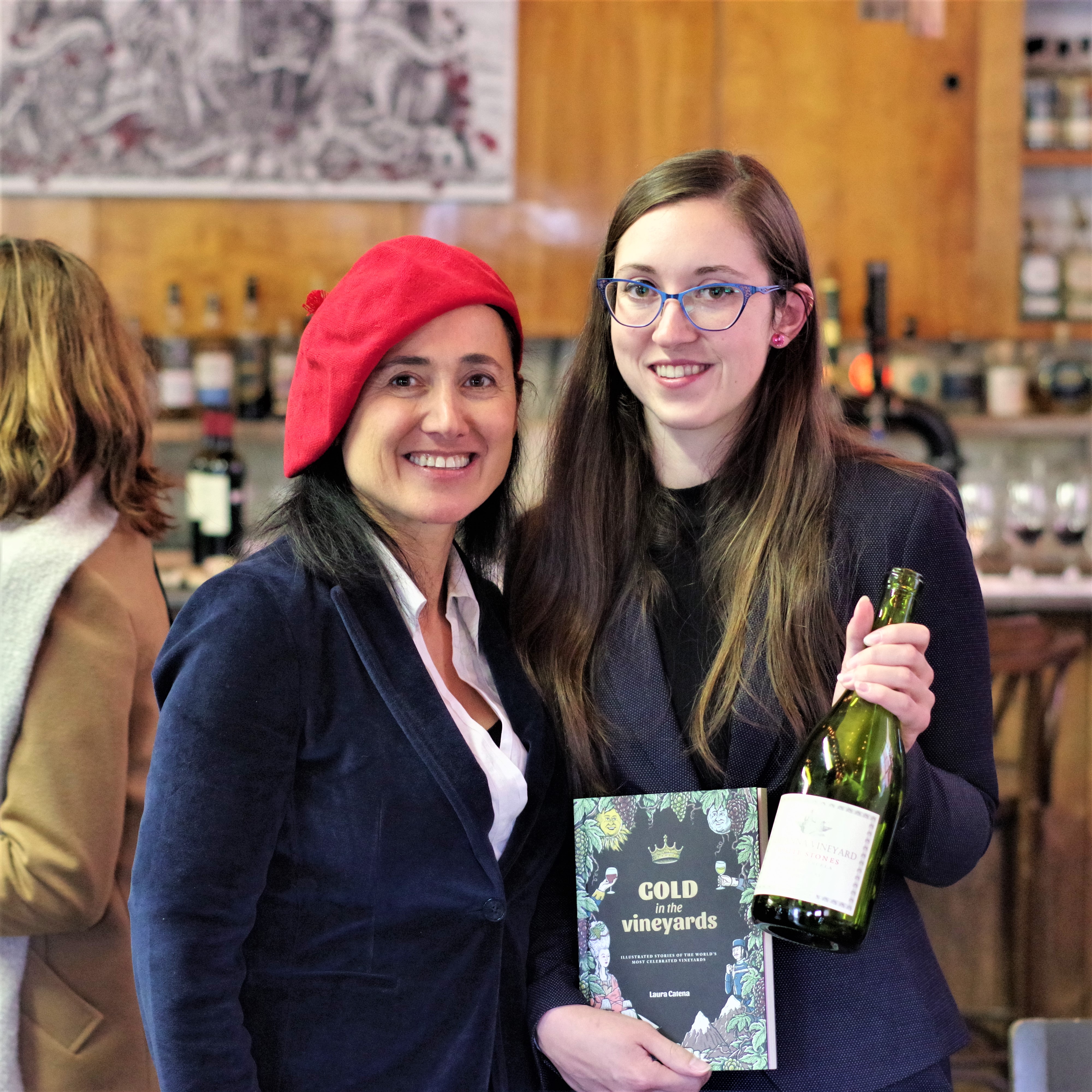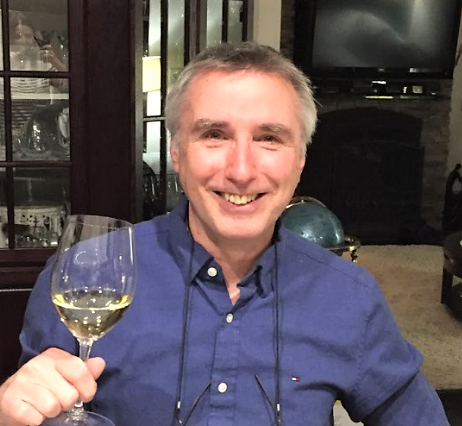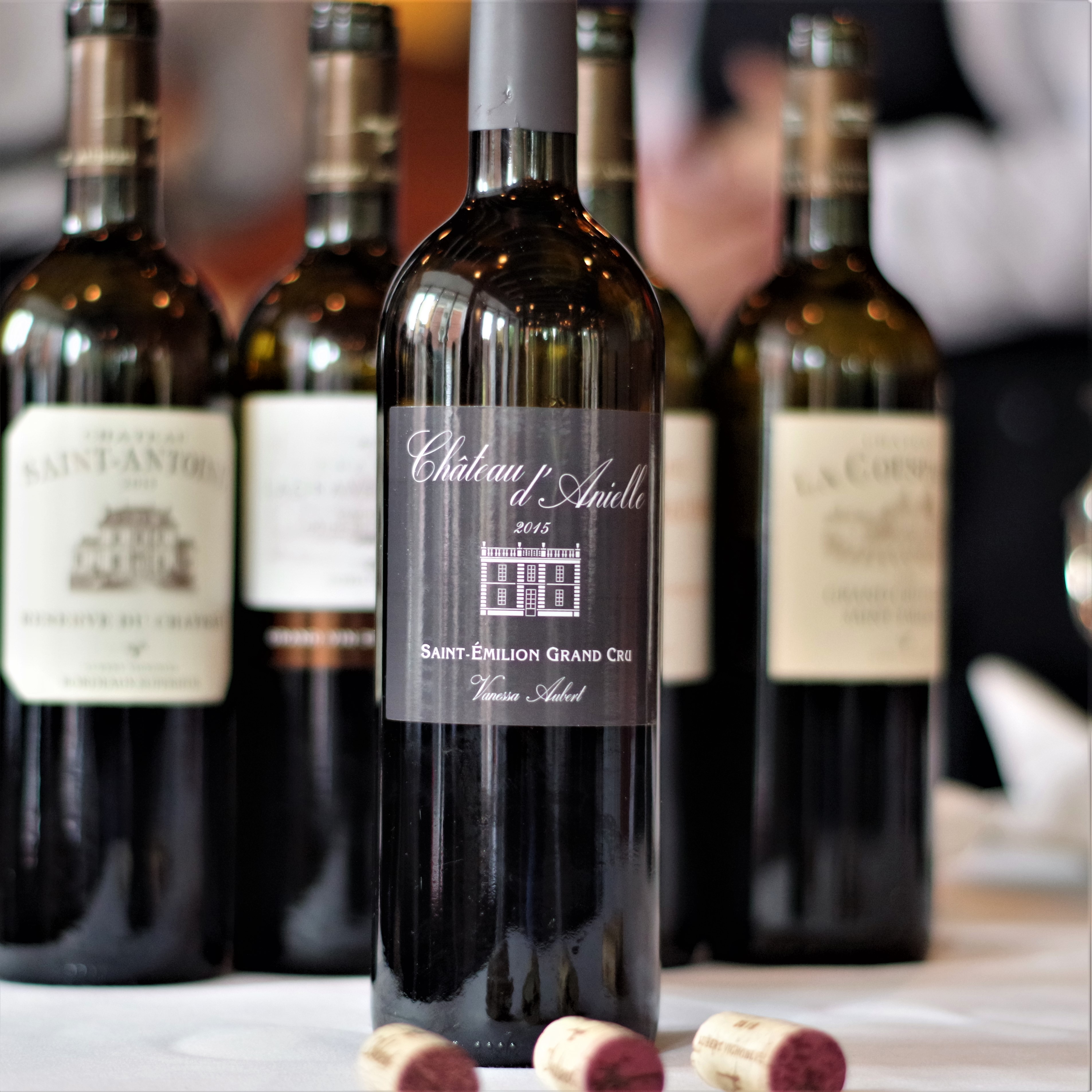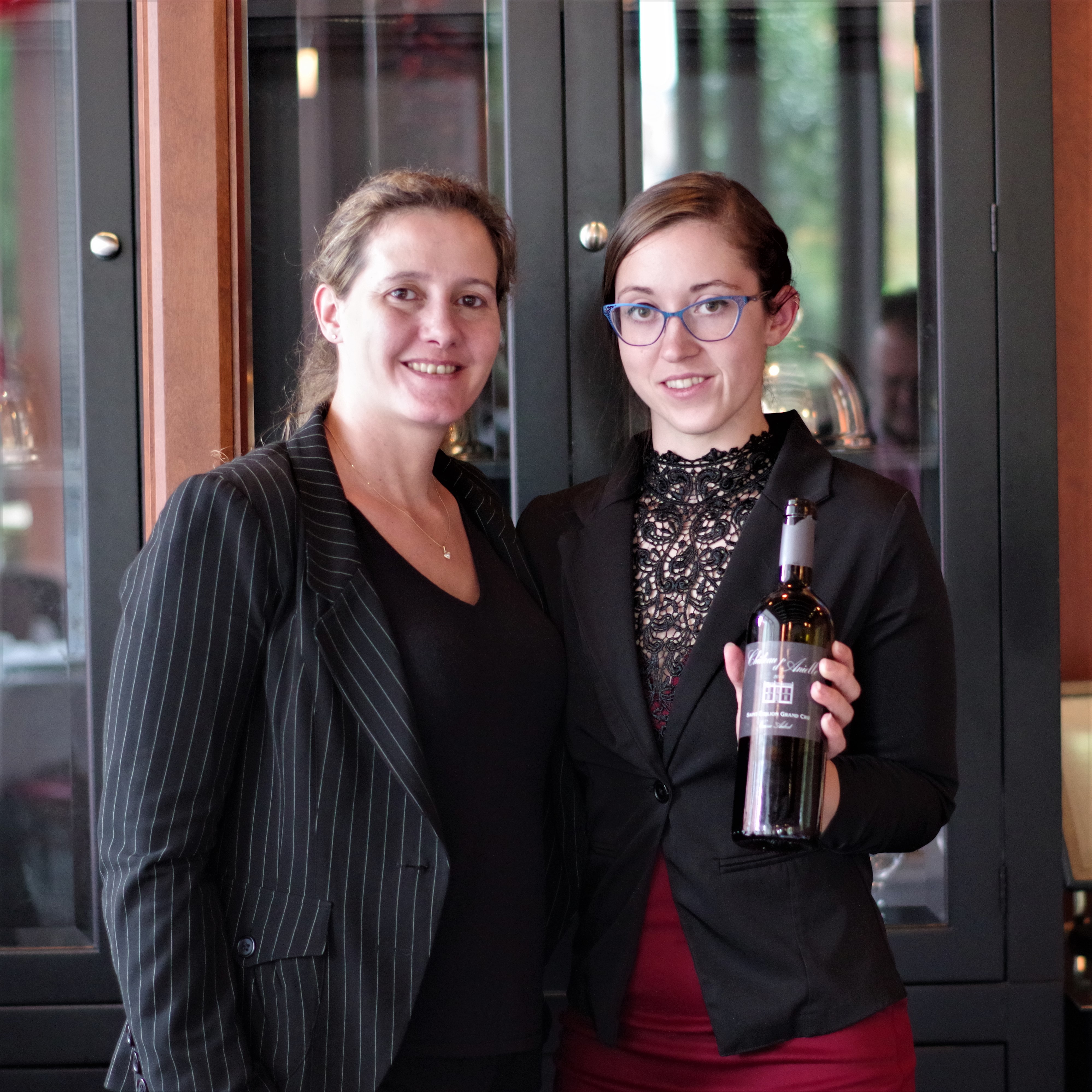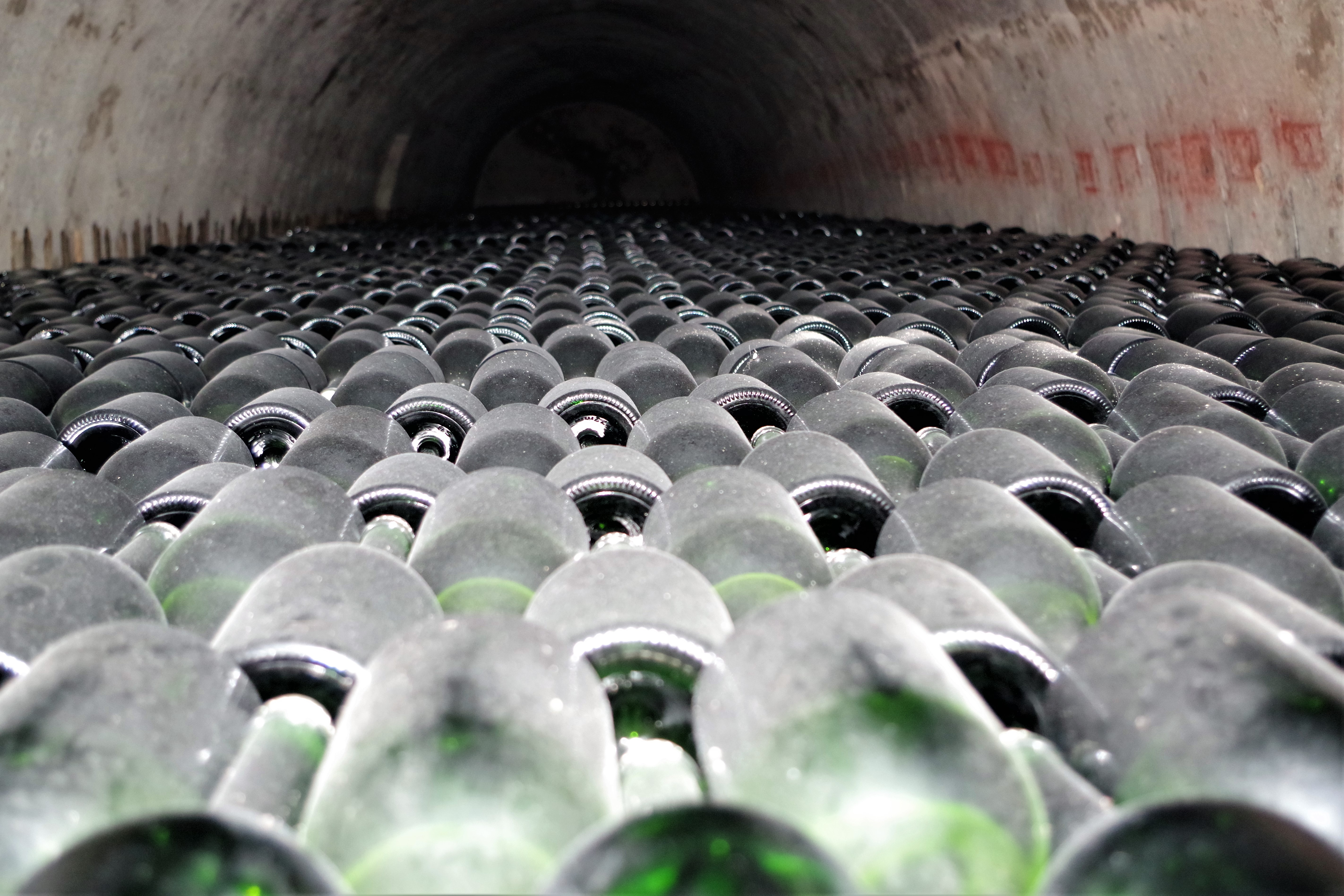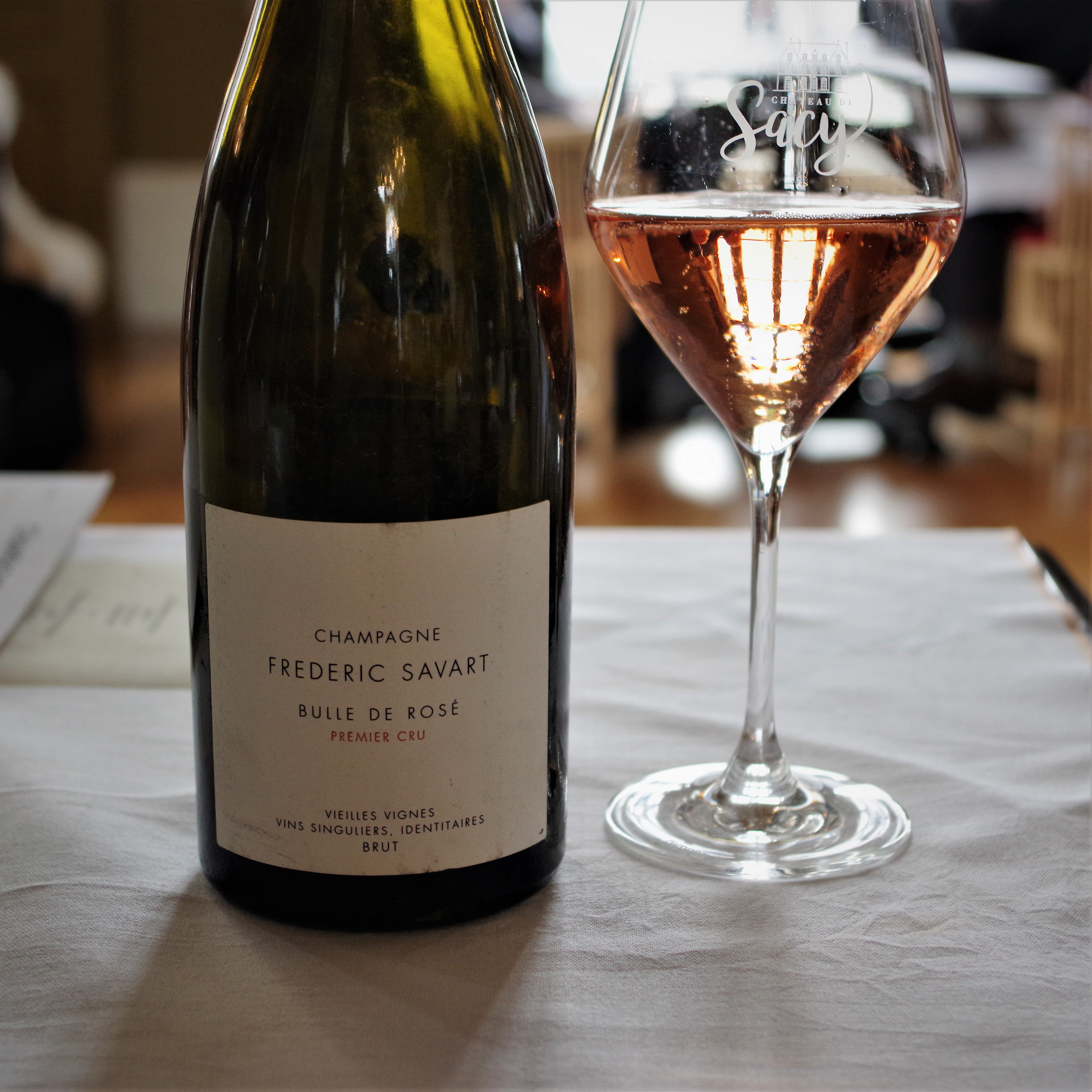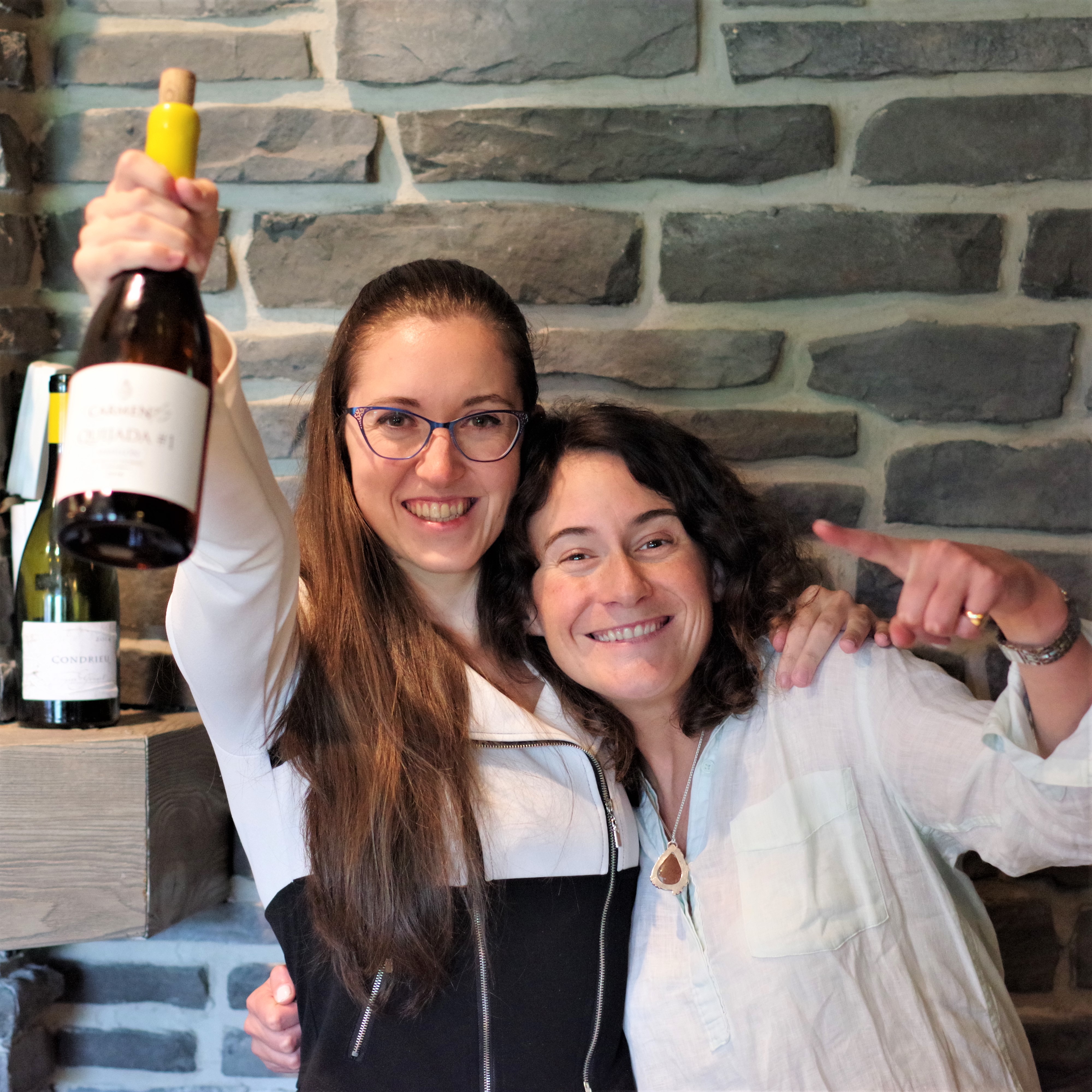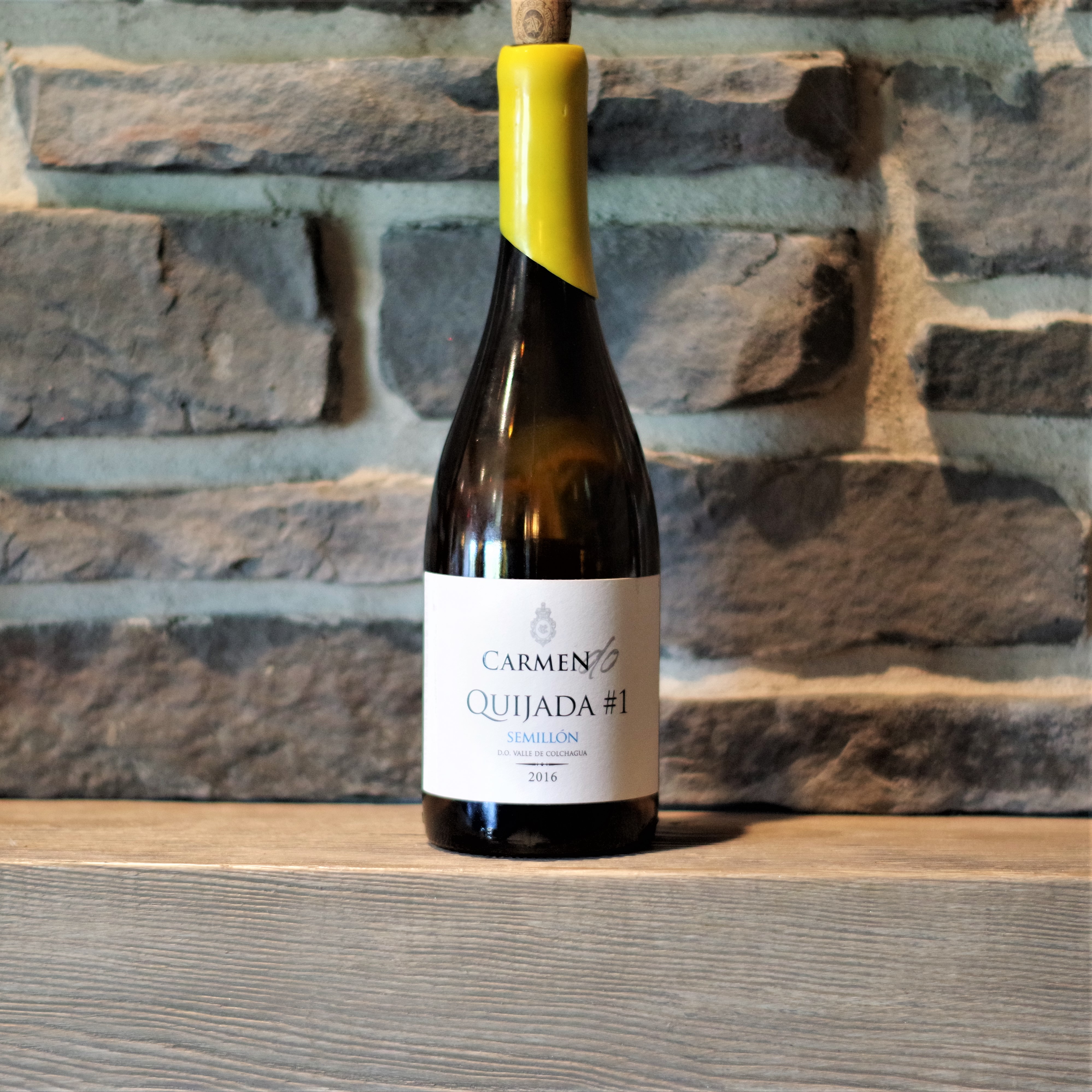Rosé has been discussed exponentially for a few years. More than a craze, we note downright a community, a lifestyle based around this specific type of wine. There is no doubt it is a category that has had its fair share of ups and downs. Formerly, seen as a wine of very low quality, a by-product and I do not even speak of the sexist trait that could be attributed to it. Rosé has not always been in the spotlight, but overnight, as soon as the first signs of the beautiful season arrive, it is a pinkish wave that invades us. The image and the discourse have changed regarding this summer wine par excellence, but what were the causes and the consequences of this change of soul?
Phase 1: Rosé as a by-product
We must not forget that the wines from antiquity were rather clear. Already in the sixteenth and seventeenth centuries, there are references to clear wines (Vinum Clarum) including in Provence. At the same time, we could also mention the Bordeaux clarets, vins paillets, vins de mère-goutte (vin de goutte), or even vins gris de perle (South of France). It was Dr. Jules Guyoy who, in 1860, at the request of Napoleon III, established a basic definition of rosé wines based on a short vatting time. Late nineteenth century, Pasteur speaks in his study, of a wine “Tavel way”. That gave this region the right to claim the title of “First Rosé de France“. It is now Provence that has become the center of this style, as the first region of production. The trend has obviously turned to more consistent wines and rosé has been forgotten for a few decades. In France, it could still be found, but only as a residue of production or maceration errors. If a winery produced a rosé, it was more likely that it was an afterthought, something to complete the range. Once the juice for red wine was squeezed and produced, the remains were mainly drunk by people along the Mediterranean as a light drink during the hot months. Consumption was only local, with little interest and certainly no qualitative appeal. The image of the rosés in this first phase was instead built on the only available pink bottles – candy wines, too sweet to be taken seriously. A particularly mild Portuguese rosé was a hit in the 70s and Blush Wines or American White Zinfandels in the 90s followed with always a peak of sugar. This category is changing now and more and more vineyards are persuaded to invest in the production of high-end rosé wines, with prices up to par.
Phase 2: The serious rosé
There is change now and more vineyards are persuaded to invest in the manufacture of high-end rosé wines, with prices up to par. During the 1990s, the producers of Provence, where most of the rosés come from, but also from elsewhere, began to take seriously the manufacture of rosé that would be good and that would sell. They started to designate vineyards to grow grapes specifically for rosé. Although there is a great diversity, the trend is towards rather dry wines, paler and more refined than ever. In addition to the clarification, we note diversity in terms of grape varieties, although without mention on the label in 80% of cases, and provenance. Production does not come only from traditional countries like France, but also from Spain, Italy, Greece, New Zealand, South Africa, etc. Producers want to free these wines of their reputation as “thirsty wines”, “easy to drink” or “girls’ wines”. The current upward trajectory of the popularity of rosé wine is directly related to the increase in quality and drastic style change. Rosé wines have good acidity, regardless of grape variety, and blend well with white meat and sweet and savory foods. They do not really have tannins, but rather an undisputed freshness, which makes them versatile. These are not hard-hitting wines, but definitely thirst-quenching.
Obviously, in the face of increasing world demand, production is strongly stimulated. In 2014, rosé accounted for 10% of still wine sales in the world, a figure that is steadily rising. (OIV) This renewed interest in high-end rosé has definitely attracted more vintners to invest in this category. Ultra-Premium Rosés are a recent phenomenon in Côtes de Provence. Since 2006, Château d’Esclans with their Cuvée Garrus has shown the way to others by pushing the limits, at least in terms of price. A certain lifestyle has associated with rosé. It’s pink, it’s fresh, it’s everywhere! It’s a synonym for summer, an excellent replacement for beer and extremely popular. There is even an international day of rosé every fourth Friday of June, an initiative of the International Organization of Rosé in Provence. Events accumulate such as the huge pink picnic (Pinknic) that takes place every year in New York. Another sign of this rise in popularity is the volume of research concerning it on Google trends marked by a meteoric rise for the last 5 years.
Phase 3: The obsession with a lifestyle #yeswayrosé #roséallday
If attention to quality and special cuvées are successful in restoring rosé to its nobility, it is not these rare wines that touch the $ 100 mark that represent the majority of sales. The increase in consumption is rather driven by millennials. The visual aspect of Rosé with soft colors lends itself perfectly to the game of social networks. It is an obsession with instagram and there is a community, a niche specifically dedicated to rosé. However, it’s not just the thirsty young people in their twenties who created this movement, but rather a combination. Rosé is appreciated as much in the wine community, by the professionals, the amateurs of wines; than in the digital community as a lifestyle and not consumer products. The projected image is rather festive and carefree. Whatever the quality of what you drink, dry or slightly sweet, still or sparkling, the glass or down to the bottle, the important thing is to be seen with rosé!
Yet, wouldn’t this be a step back? All this work to raise the category to a higher level to fall back to something simple and casual. The market and sales continue to grow worldwide. However, it now includes aromatised wine-based drinks, the rise of Moscato, the new terms invented as Frosé or Brosé (Rosé for men). Global and local statistics already show a slowdown in most markets and there will certainly be aftershocks.
In 2009, the Ministry of Agriculture of the European Union had suggested a project to allow the production of rosé from a mixture of red and white wines, as it is only allowed in Champagne for the European zone. This was abandoned quickly. European producers of traditional rosé protested vigorously, insisting that the program would undermine the quality image of rosé. An image that remains fragile for the moment. One can easily notice that there is a gap between the popular approach and the sommellerie, where the approach of the rosé remains accessory. The wine lists do not attach great importance and the teaching about it remains basic and marginal. The new “pink pool” style could succeed in tarnishing the image of rosé, otherwise a certain duality could be established. It remains that for the moment, the place of rosé is still uncertain: at our table, paired with the most delicate dishes or only with the swimming pool paired with flamingos and inflatable unicorns.
La mont̩e du Ros̩ РSa popularit̩ en trois phases
Le rosé fait parler de lui de façon très exponentielle depuis quelques années. Plus qu’un engouement, on note carrément une communauté, un style de vie basé autour de ce type précis de vin. Il n’y a aucun doute, c’est une catégorie qui a eu sa juste part de hauts et de bas. Autrefois, vu comme un vin de très basse qualité, un sous-produit et je ne parle même pas du trait sexiste qui pouvait lui être attribué. Le rosé n’a pas toujours été sous les projecteurs, mais du jour au lendemain, dès que les tout premiers signes de la belle saison arrivent, c’est une vague rosâtre qui nous envahit. L’image et le discours ont changé concernant ce vin d’été par excellence, mais qu’elle a été la cause et les conséquences de ce changement d’âme?
Phase 1 : Le rosé comme sous-produit
Il ne faut pas oublier que les vins dès l’antiquité étaient plutôt clairs. Déjà aux XVIe et XVIIe siècles, on retrouve des références aux vins Clairs (Vinum Clarum) notamment en Provence. Au même moment, nous pourrions aussi mentionner les clairets Bordelais, les vins paillets, vins de mère-goutte (vin de goutte), ou même de vins gris de perle (sud de France). C’est le docteur Jules Guyoy qui, en 1860, à la demande de Napoléon III, a établi une définition de base des vins rosés fondée sur un temps de cuvaison court. Fin XIXe siècle, Pasteur parle dans son étude, de vin « façon Tavel ». Ce qui donna à cette appellation le droit de revendiquer le titre de « 1er Rosé de France ». C’est maintenant la Provence qui est devenue le centre de ce style, en tant que première région de production. La tendance a évidemment tourné vers des vins plus consistants et le rosé a été oublié pendant quelques décennies. En France, on pouvait encore en retrouver, mais seulement à titre de restes de production ou d’erreurs de macération. Si une cave produisait un rosé, il était plus probable que ce soit une réflexion après coup, quelque chose pour compléter la gamme. Une fois que le jus destiné au vin rouge était pressé et produit, les restes étaient principalement bus par les gens le long de la Méditerranée comme une boisson légère pendant les mois chauds. La consommation était seulement locale, sans grand intérêt et certainement aucun d’attrait qualitatif. L’image des rosés dans cette première phase s’est plutôt bâtie sur les seules bouteilles roses disponibles – des vins bonbons, trop sucrés pour être pris au sérieux. Un rosé doux portugais en particulier a fait fureur dans les années 70 et les Blush wines ou white zinfandels Américains dans les années 90 ont suivi avec encore et toujours plus de sucre. Cette catégorie change maintenant et de plus en plus de vignobles sont persuadés d’investir dans la fabrication de vins rosés haut de gamme, avec des prix à la hauteur.
Phase 2 : Le rosé sérieux
Il y a du changement maintenant et de plus en plus de vignobles sont persuadés d’investir dans la fabrication de vins rosés haut de gamme, avec des prix à la hauteur. Au cours des années 1990, les producteurs de Provence, d’où viennent la plupart des rosés, mais aussi d’ailleurs, ont commencé à prendre au sérieux la fabrication d’un rosé qui serait bon et qui se vendrait. Ils ont commencé à désigner des vignobles pour cultiver des raisins spécialement pour faire du rosé. Bien qu’il y ait une grande diversité, la tendance est aux vins plutôt secs, toujours de plus en plus pâles et raffinés que jamais. Outre, l’éclaircissement, on note une diversité au niveau des cépages, bien que sans mention sur l’étiquette dans 80% des cas, et de la provenance. La production ne vient pas seulement des pays traditionnels comme la France, mais aussi l’Espagne, l’Italie, la Grèce, la Nouvelle-Zélande, l’Afrique du Sud, etc. Les producteurs veulent les affranchir de leur réputation de « vins de soif », « facile à boire » ou « vins de filles ». La trajectoire ascendante actuelle de la popularité du vin rosé est directement liée à l’augmentation de la qualité et du changement de style drastique. Les rosés ont une belle acidité, peu importe le cépage, et s’harmonisent bien avec la viande blanche et les aliments sucrés et salés. Ils n’ont pas vraiment de tanins, mais plutôt une fraicheur incontestée, ce qui les rend polyvalents. Ce ne sont pas des vins percutants, mais décidément désaltérants.
Évidemment, face à la demande mondiale croissante, la production en est fortement stimulée. En 2014, le rosé représentait 10% des ventes de vins tranquilles au monde, un chiffre continuellement en hausse. (OIV) Ce regain d’intérêt pour le rosé haut de gamme a définitivement attiré plus de vignerons à s’investir dans cette catégorie. Les Rosés Ultra-Premium sont un phénomène récent en Côtes de Provence. Depuis 2006 seulement, Château d’Esclans avec leur Cuvée Garrus a montré le chemin à d’autres en repoussant les limites, du moins au niveau du prix.  Un certain style de vie s’est associé au rosé. C’est rose, c’est frais, c’est partout! C’est un synonyme d’été, un excellent remplacement pour la bière et extrêmement en vogue. Il y a même une journée internationale du rosé tous les quatrièmes vendredis de juin, une initiative de l’Organisation International du Rosé en Provence. Les événements s’accumulent comme par exemple l’immense pique-nique rosé (Pinknic) qui prend place chaque année à New York. Un autre signe de cette montée en popularité est le volume de recherche le concernant sur Google trends marqué d’une ascension fulgurante depuis les 5 dernières années.
Phase 3 : L’obsession d’un style de vie #yeswayrosé #roséallday
Si l’attention à la qualité et les cuvées spéciales on réussit à redonner ses lettres de noblesse au rosé, ce ne sont pas ces vins rares frôlant la barre des 100$ qui représentent la majorité des ventes. L’augmentation de la consommation est plutôt entraînée par les milléniaux. L’aspect visuel du Rosé aux couleurs tendres se prête parfaitement au jeu des réseaux sociaux. C’est carrément une obsession sur instagram et il y a une communauté, une niche spécialement dédiée au rosé. Toutefois, ce ne sont pas seulement les jeunes, dans la vingtaine, assoiffés qui ont créé ce mouvement, mais plutôt une combinaison. Le rosé est apprécié autant dans la communauté viticole, par les professionnels, les amateurs de vins; que dans la communauté numérique en tant que style de vie et non de produits de consommation. L’image projetée est plutôt festive et insouciante. Peu importe la qualité de ce que l’on boit, sec ou sournoisement sucré, tranquille ou pétillant, au verre ou carrément à la bouteille, l’important c’est d’être vu avec du rosé!
Pourtant, ne serait-ce pas un retour en arrière? Tout ce travail pour élever la catégorie à un niveau supérieur pour retomber vers quelque chose de simple et tout-aller. Le marché et les ventes continuent d’augmenter mondialement. Toutefois,  il inclut maintenant les boissons aromatisées à base de vin, la montée du Moscato, les nouveaux termes inventés comme le Frosé ou le Brosé (Rosé pour homme). Les statistiques mondiales et locales montrent déjà un ralentissement au niveau de ce marché, depuis 2016 pour le Québec, et il y aura certainement des contrecoups.                                                                                         Â
En 2009, le ministère de l’agriculture de l’Union Européenne avait suggérer un projet visant à permettre la production de rosé à partir d’un mélange de vins rouges et blancs, comme il n’est permis qu’en Champagne pour la zone euro. Celui-ci a été abandonné promptement. Les producteurs européens de rosé traditionnel ayant protesté vigoureusement, insistant sur le fait que le programme porterait atteinte à l’image de qualité du rosé. Une image qui reste fragile pour l’instant. On peut facilement remarquer qu’il y a un décalage entre ce vin devenu populaire et la sommellerie, où l’approche du rosé demeure accessoire. Les cartes des vins n’y accordent pas une grande importance et l’enseignement le concernant reste basique et marginal. Le nouveau style « rosé de piscine » pourrait réussir à ternir l’image du rosé, sinon une certaine dualité pourrait s’instaurer. Il reste que pour l’instant, la place du rosé est encore incertaine : à notre table, en accord avec les mets les plus délicats ou seulement à la piscine en accord avec des flamants roses et des licornes gonflables.
